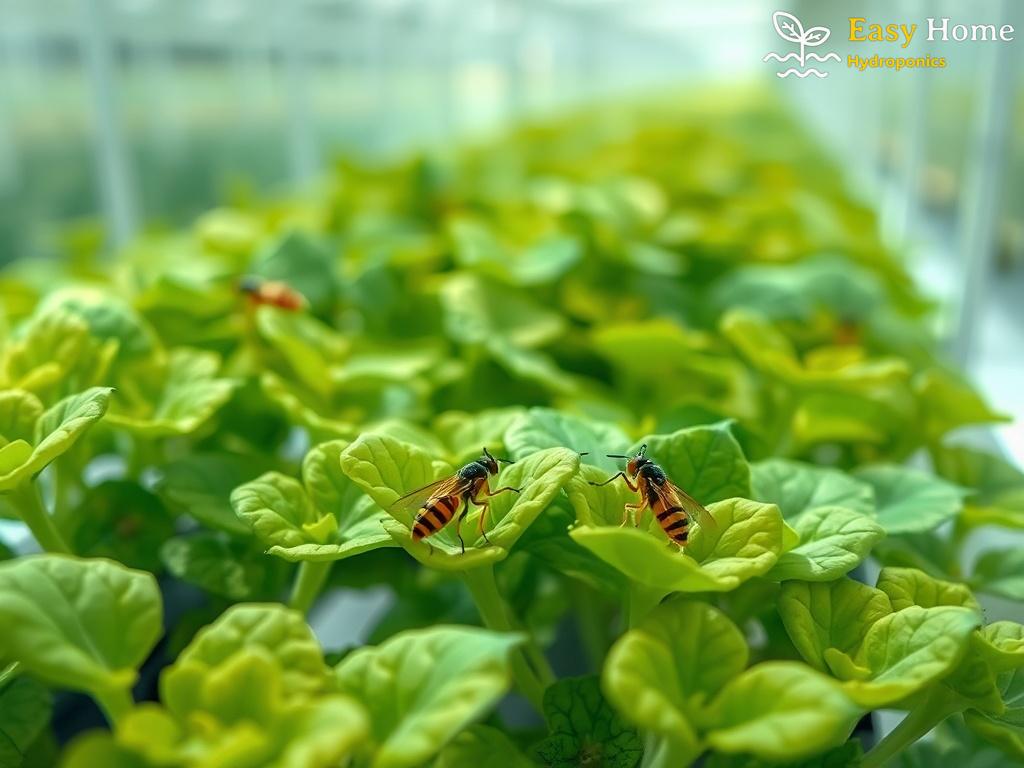Maintaining a hydroponic garden offers numerous advantages, including efficient use of water and space, enhanced growth rates, and the ability to cultivate plants year-round. However, it also brings unique challenges, particularly regarding pest management. A well-structured pest management calendar is essential for ensuring that your plants remain healthy and productive. This calendar serves as a proactive approach, helping gardeners anticipate and mitigate pest issues before they escalate.
Establishing a pest management calendar involves a systematic approach. By following these steps, you can create an effective framework that caters to the specific needs of your hydroponic system.
- Identify Common Pests: Research and list common pests that affect hydroponic plants in your region. This will help you understand what to watch for throughout the growing season.
- Monitor Plant Health: Regularly check your plants for any signs of pest damage or stress. Early detection is crucial in managing infestations.
- Schedule Preventative Treatments: Based on the life cycles of the pests identified, schedule regular preventative treatments. These could include organic pesticides or integrated pest management strategies.
- Record Observations: Keep a log of pest sightings and treatment effectiveness. This data will inform future pest management strategies and refine your calendar.
By meticulously documenting these elements, you can stay one step ahead of potential pest outbreaks.
The dynamics of pest populations can significantly vary with seasons, making timing crucial in your pest management strategy. Understanding the seasonal patterns of pests can help you optimize your calendar for the best results.
| Season | Pest Activity | Recommended Actions |
|---|---|---|
| Spring | Increased activity of aphids and whiteflies. | Implement early monitoring and introduce beneficial insects. |
| Summer | High populations of spider mites and thrips. | Regularly check for infestations and apply organic treatments as needed. |
| Fall | Potential resurgence of pests as temperatures drop. | Continue monitoring and be vigilant about any late-season pests. |
| Winter | Reduced pest activity but not eliminated. | Maintain cleanliness and monitor for any overwintering pests. |
Utilizing this seasonal perspective in your pest management calendar will enhance your ability to combat potential pest threats effectively.




